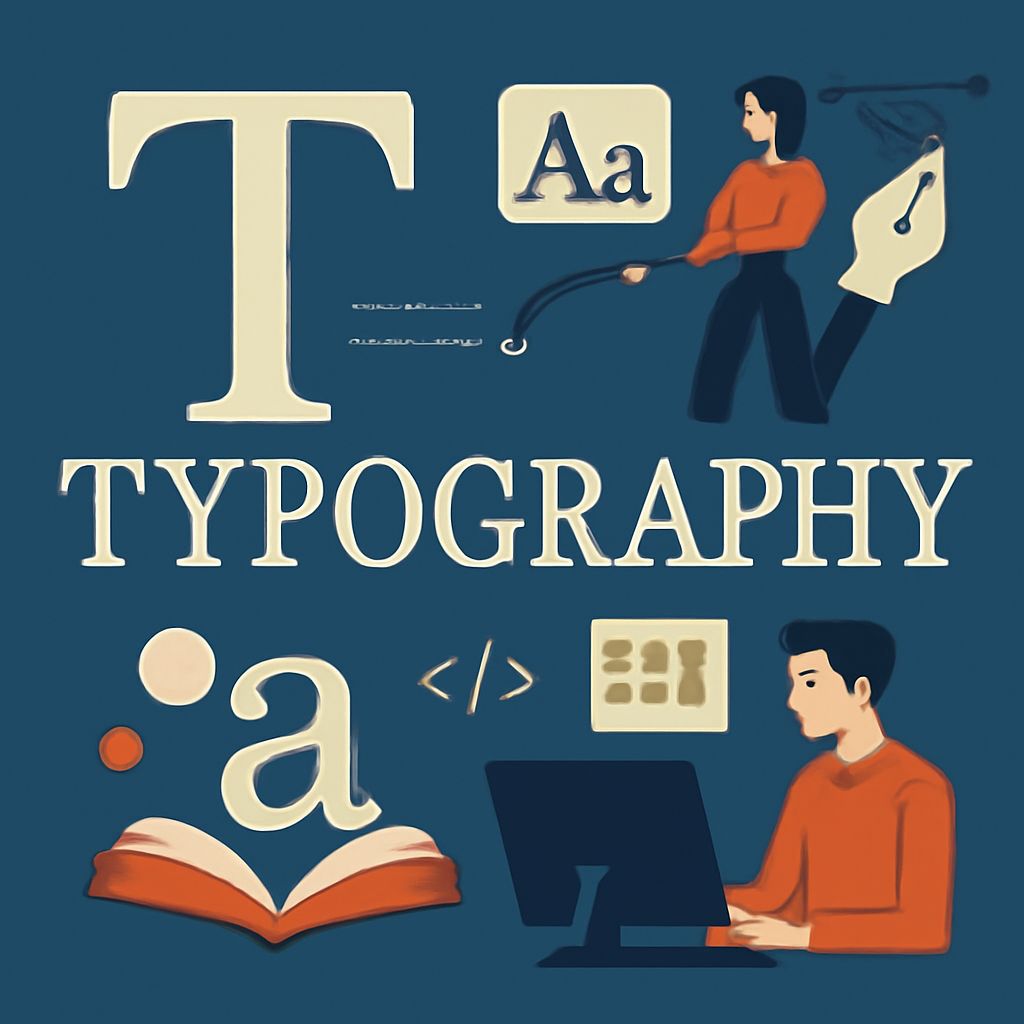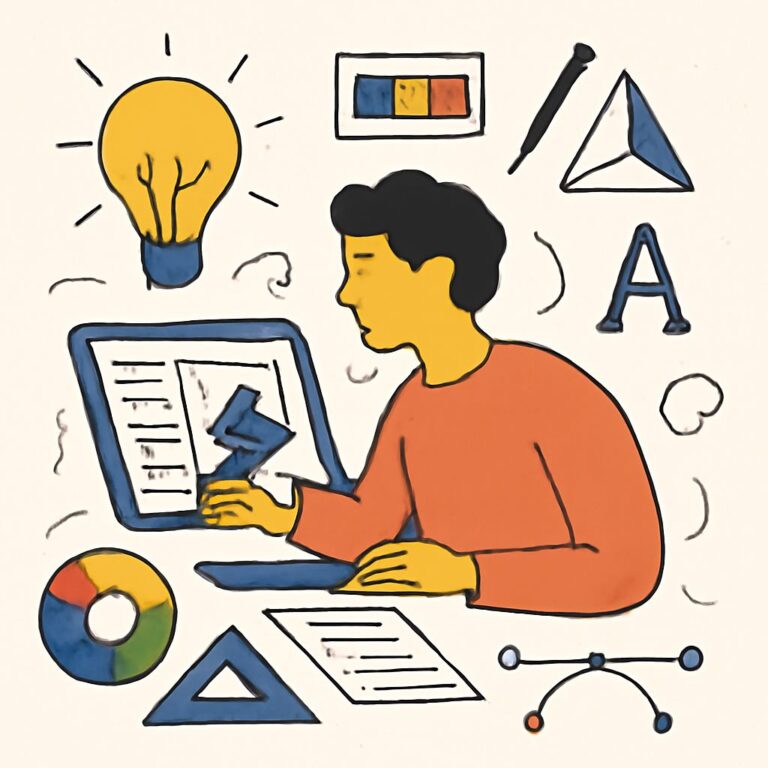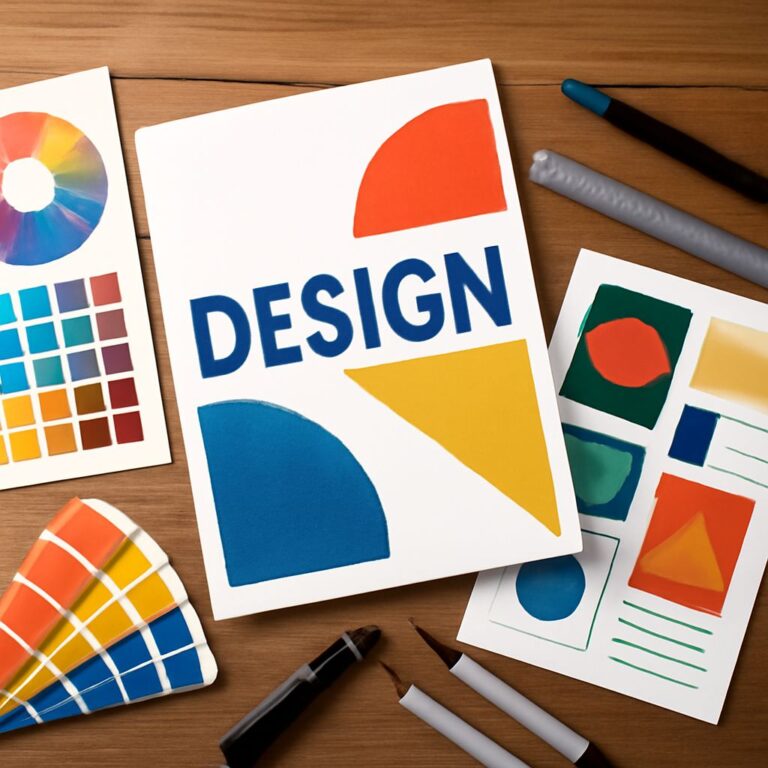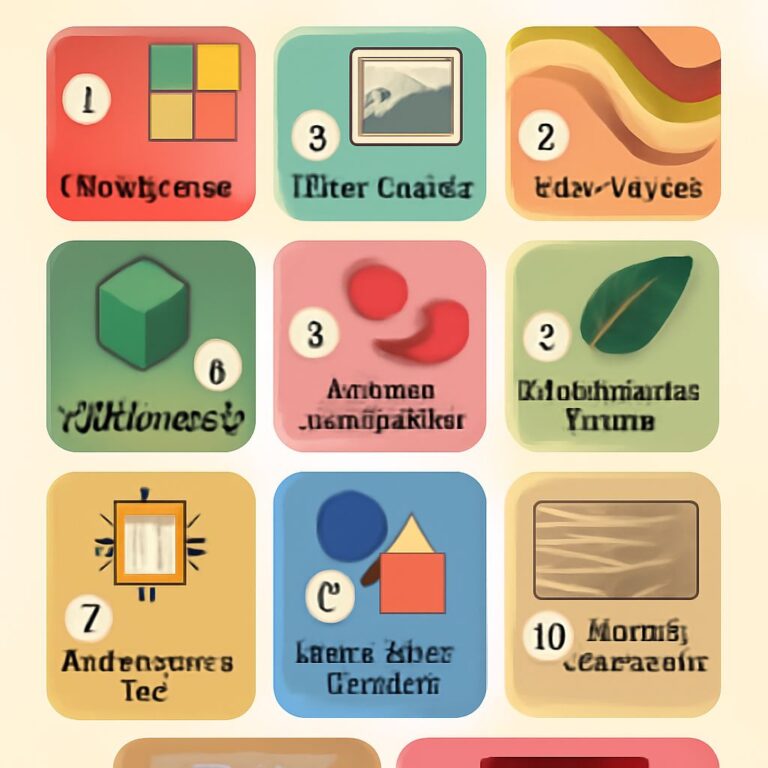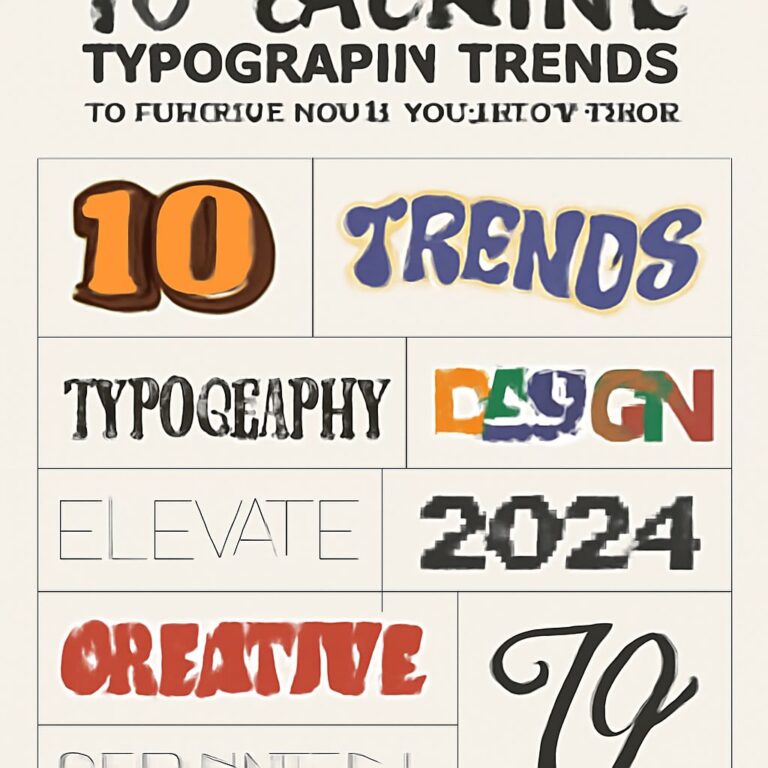Table of Contents
Unlocking the Power of Typography: Elevate Your Design Skills
Typography is an essential element of design that goes beyond mere text layout; it is an art form that can profoundly affect the way your message is perceived. Whether you are a graphic designer, web developer, or simply someone who appreciates aesthetics, understanding typography can greatly enhance your design skills. In this article, we will explore the fundamentals of typography, its impact on design, and practical tips to help you master this powerful tool.
The Fundamentals of Typography
At its core, typography involves the arrangement of text in a way that is both visually appealing and easy to read. This involves selecting the right typefaces (fonts), adjusting the spacing between characters and lines, and organizing text into a coherent structure. To truly unlock the power of typography, it’s important to understand its fundamental components:
- Typefaces and Fonts: A typeface is a set of characters that share a common design, while a font is a specific style and size of that typeface. Popular typefaces include serif, sans-serif, and script fonts, each offering different emotional tones and visual characteristics.
- Hierarchy: Typography helps establish a visual hierarchy that guides readers through content. By varying font sizes, weights, and styles, designers can indicate the importance of information and create a logical flow.
- Line Length and Spacing: The length of lines and the spacing between them (leading) can significantly impact readability. Shorter lines are generally easier to read, while appropriate leading helps avoid crowding and enhances overall legibility.
- Alignment: Text alignment (left, right, center, justified) influences the overall design aesthetic. Left alignment is often the most readable, while center alignment may be suitable for titles or headings.
- Color and Contrast: The color of the typeface and its contrast against the background is crucial for readability. High contrast improves legibility, while harmonious colors can enhance the design.
Why Typography Matters in Design
Typography is not just about making text look good; it plays a crucial role in communication and interaction. Here are a few reasons why typography matters:
- First Impressions: Typography sets the tone for your design. A well-chosen typeface can convey professionalism, creativity, or playfulness, affecting the audience’s first impression of your brand.
- Readability: Good typography ensures that your content is easy to read and understand. Poorly designed typography can lead to confusion or frustration, driving users away from your content.
- Brand Identity: Consistent typography helps establish and reinforce brand identity. By using specific typefaces and styles, brands can create a recognizable visual language that resonates with their audience.
- Emotional Connection: Typography can evoke emotions and set the mood for your message. Different typefaces can create a sense of warmth, urgency, or elegance, influencing how your audience feels about your content.
Practical Tips for Mastering Typography
Now that we understand the significance of typography, here are some practical tips to help you master this art form:
1. Choose the Right Typeface
Selecting the right typeface is crucial for effective design. Consider the message you want to convey and choose a typeface that aligns with that message. Here are a few guidelines:
- Serif Fonts: Often viewed as traditional and authoritative, serif fonts are great for print materials, such as books and magazines.
- Sans-Serif Fonts: Clean and modern, sans-serif fonts are typically used for digital content, making them ideal for websites and applications.
- Script Fonts: These are decorative and often used for invitations or creative projects. However, use them sparingly to maintain readability.
2. Establish a Clear Hierarchy
Creating a clear visual hierarchy helps guide readers through your content. Use different font sizes, weights, and styles to differentiate headings, subheadings, and body text. Here’s a basic structure:
| Element | Style | Size |
|---|---|---|
| Main Heading | Bold | 24px |
| Subheading | Italic | 20px |
| Body Text | Regular | 16px |
3. Pay Attention to Spacing
Proper spacing between letters (tracking), words (kerning), and lines (leading) is essential for readability. Use the following tips to improve your text layout:
- Increase leading for larger blocks of text to avoid crowding.
- Use appropriate kerning for headlines to create an aesthetically pleasing look.
- Avoid excessive tracking, as it can make text difficult to read.
4. Limit Your Font Choices
While it might be tempting to use multiple fonts to create interest, too many can lead to a chaotic design. Aim for a maximum of three different typefaces in a single project. Here’s a simple combination:
- Heading: Sans-serif bold
- Subheading: Sans-serif regular
- Body Text: Serif regular
5. Optimize for Web and Mobile
As more users access content on various devices, it’s crucial to optimize your typography for both web and mobile viewing. Some tips include:
- Use responsive typography that adjusts based on screen size.
- Select web-safe fonts or implement web fonts to ensure consistency across devices.
- Test readability on different screens and adjust font sizes accordingly.
6. Experiment and Have Fun
Typography is a creative field, and there is no one-size-fits-all approach. Don’t be afraid to experiment with different typefaces, layouts, and styles. Create mockups and prototypes to see what works best for your design.
Resources for Improving Your Typography Skills
To further enhance your typography skills, consider utilizing the following resources:
- Books: “Thinking with Type” by Ellen Lupton and “The Elements of Typographic Style” by Robert Bringhurst are excellent reads for deeper insights into typography.
- Online Courses: Platforms such as Skillshare and Udemy offer various courses on typography that can help refine your skills.
- Websites: Websites like Google Fonts and Adobe Fonts allow you to explore and experiment with different typefaces.
Conclusion
Typography is a powerful tool that can elevate your design work and improve communication with your audience. By understanding its fundamentals, recognizing its importance, and applying practical tips, you can unlock the full potential of typography in your designs. So go ahead, experiment, and let your typography speak for your creativity!
FAQ
What is typography and why is it important in design?
Typography refers to the art and technique of arranging type to make written language legible, readable, and visually appealing. It is crucial in design as it influences how messages are perceived and enhances the overall aesthetic of a project.
How can I choose the right font for my design project?
Choosing the right font involves considering the brand’s personality, the message you want to convey, and the target audience. It’s essential to select fonts that complement each other and maintain readability across different mediums.
What are the basic principles of typography I should know?
Basic principles of typography include hierarchy, contrast, alignment, repetition, and spacing. Understanding these principles helps create a balanced and effective design.
How does typography impact user experience on websites?
Effective typography enhances user experience by improving readability and navigation. It guides users’ attention, conveys information clearly, and contributes to the overall aesthetic of the website.
What are some common mistakes to avoid in typography?
Common typography mistakes include using too many different fonts, poor line spacing, inadequate contrast, and neglecting mobile optimization. Avoiding these pitfalls can lead to a cleaner and more professional design.
Can I learn typography skills on my own, or do I need formal training?
You can certainly learn typography skills on your own through online resources, books, and practice. However, formal training can provide structured learning and expert feedback, which can be beneficial for more advanced skills.

